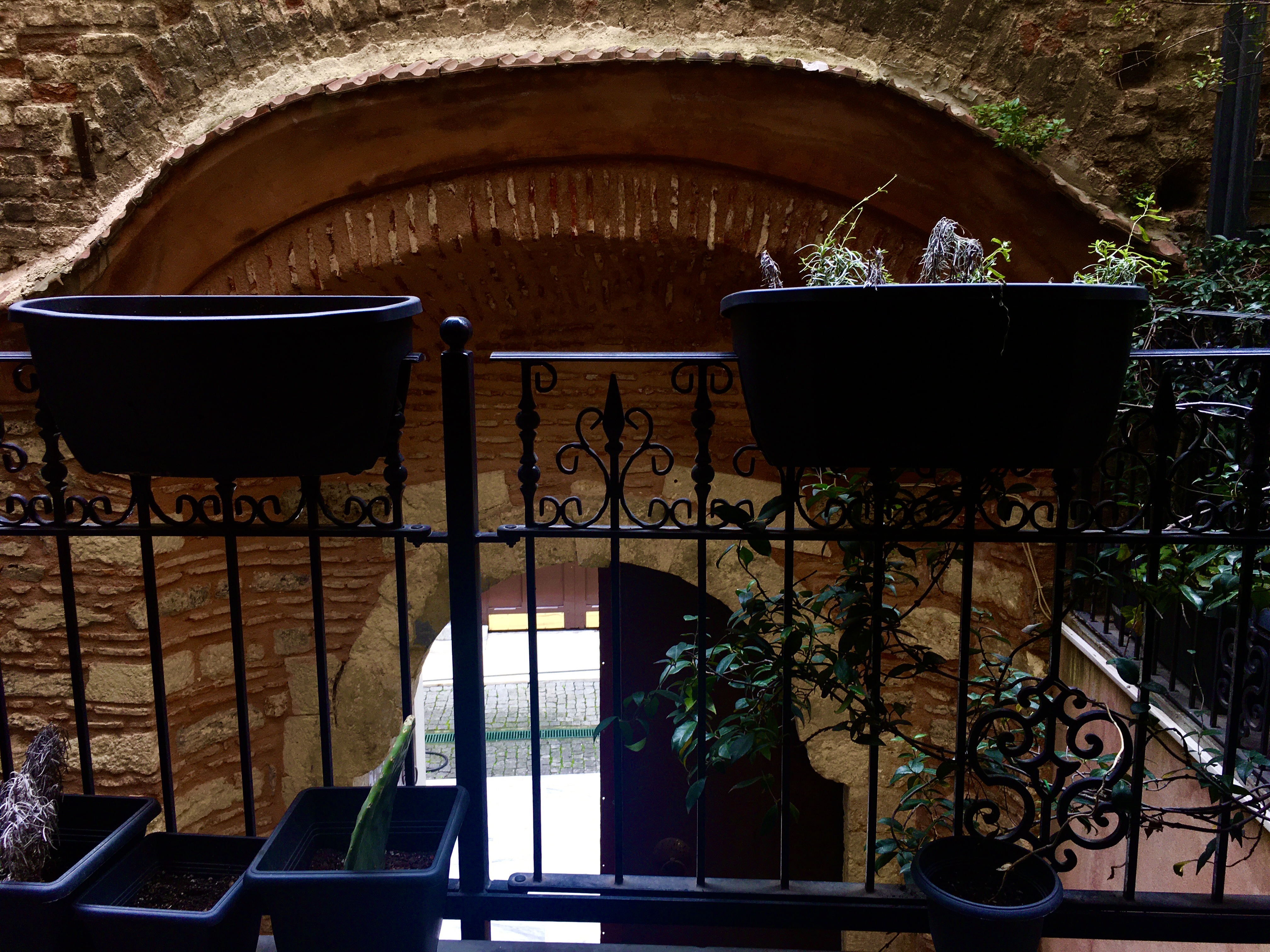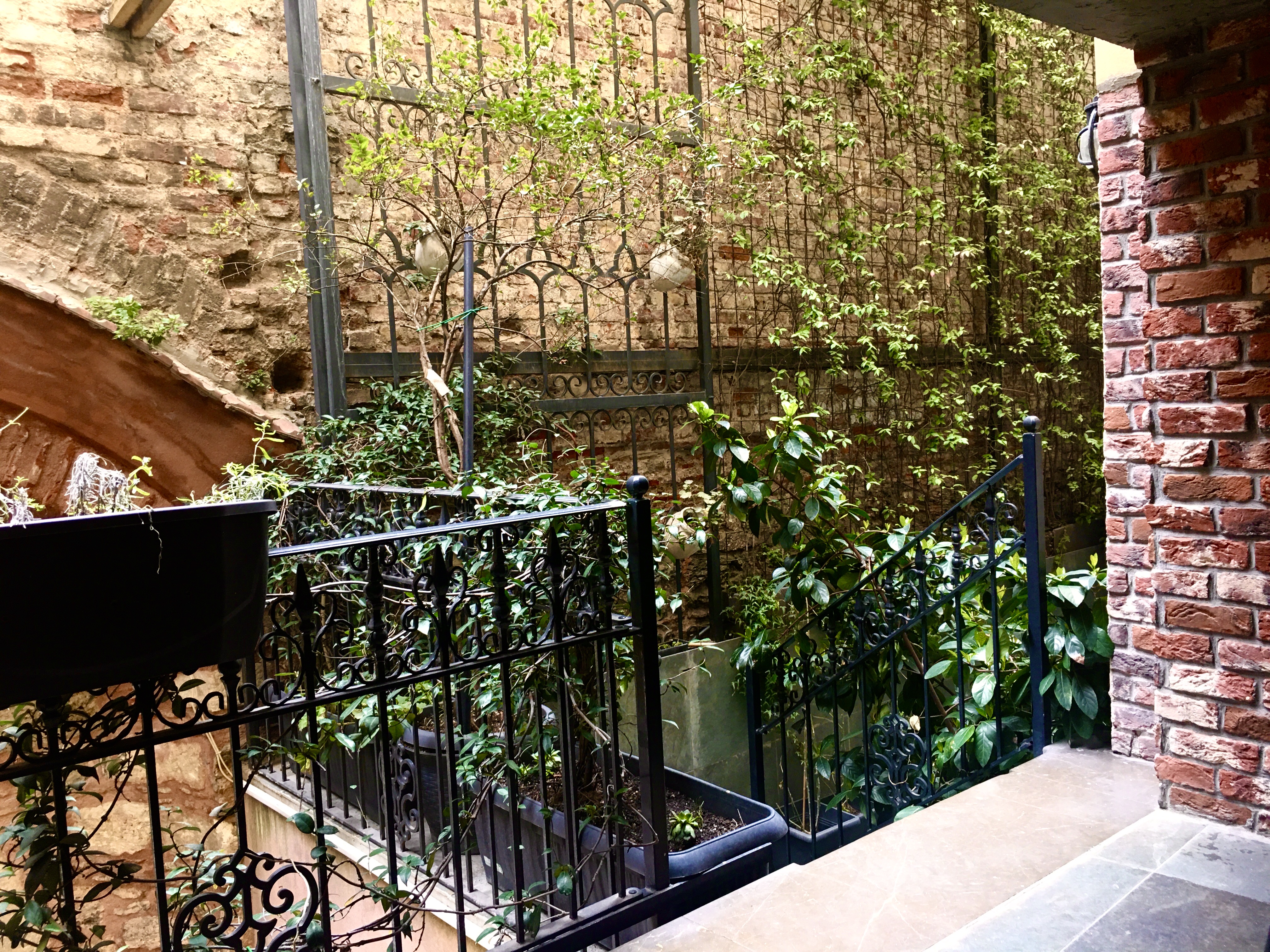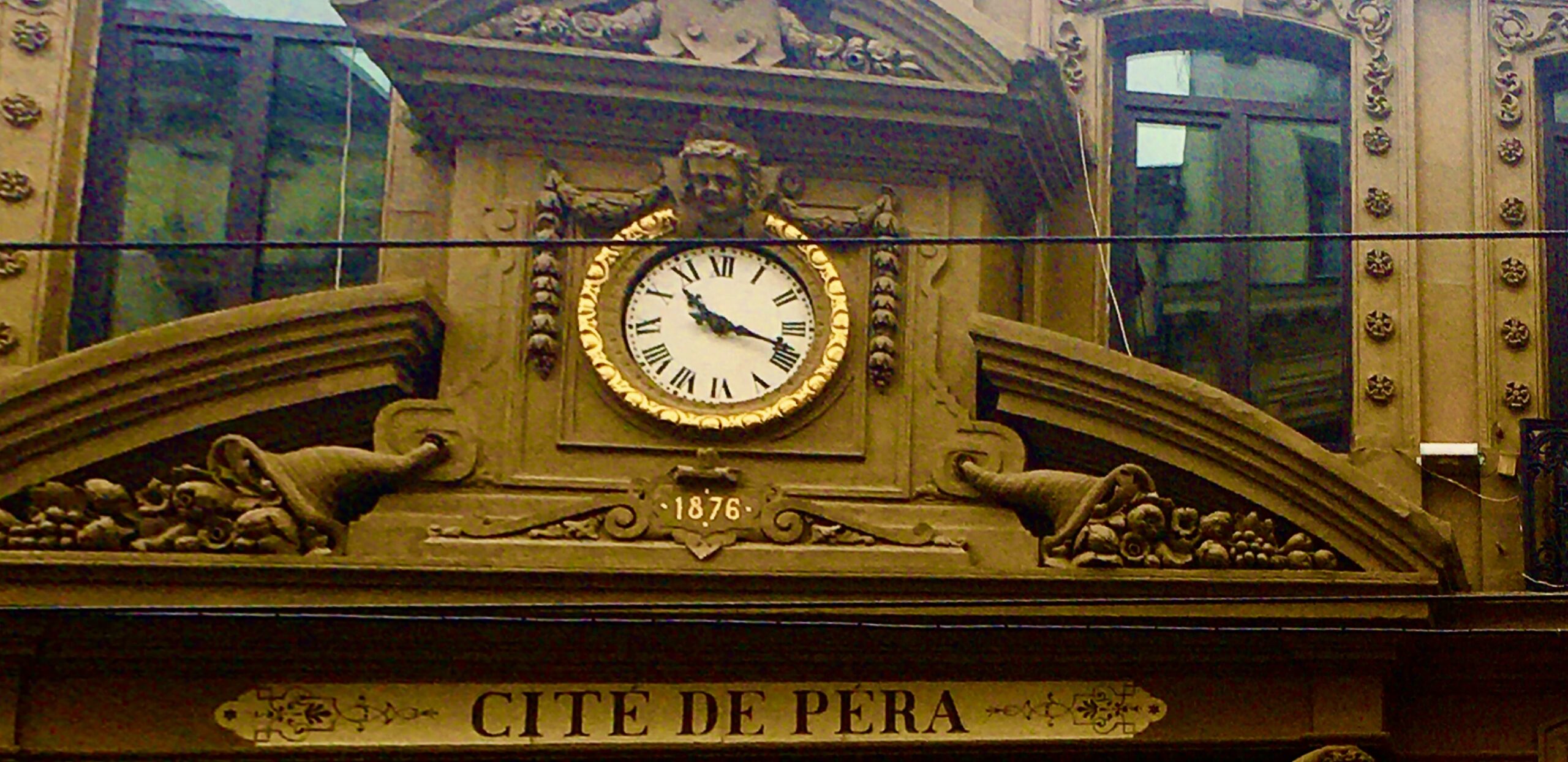Anyone who is visiting Istanbul is sooner or later bound to head to the İstiklal Avenue (İstiklal Caddesi in Turkish). The busy and sometimes overcrowded avenue is the heart of the Beyoğlu district. This is where the commotion, the entertainment, art and culture has been prevailing for more than two hundred years. Some of the beautiful art deco buildings that will catch your eyes are testimonies of the initial nature of the district.
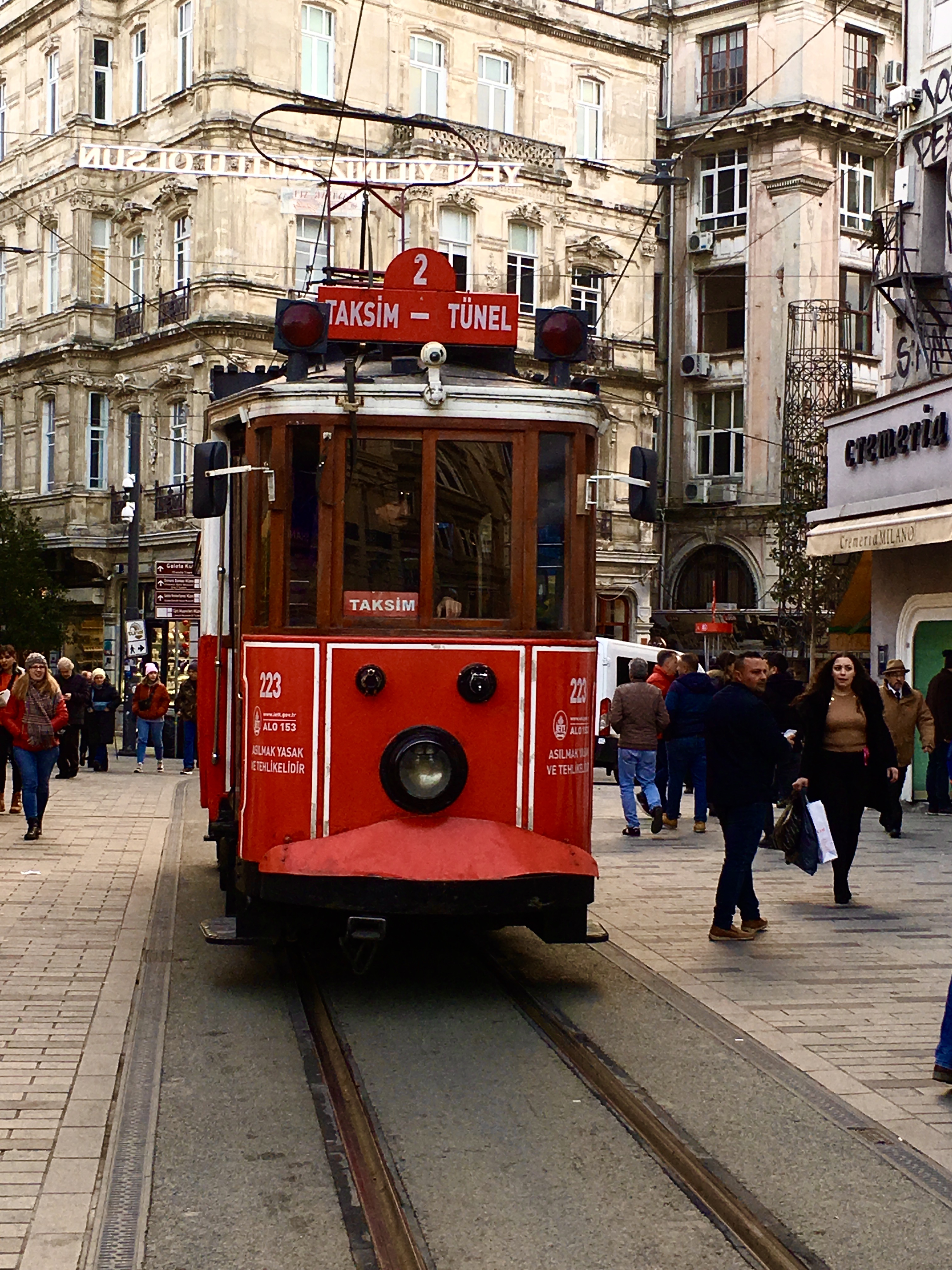
First trams started operating in Istanbul in 1871. These were horse drawn trams. After Istanbul, tram operations started in other major cities of the empire. First Thessaloniki, then Damascus, Baghdad, Smyrna and Konya. Electric trams came into use in Istanbul in 1914.
The İstiklal Avenue runs from Tünel (the entrance to the historical funicular that operates to and from Karaköy) to the Taksim Square. This is a long avenue but the district that it belongs to, Beyoğlu, covers a much bigger area. It roughly includes Taksim (and the area down as far as the coast), Tophane (where now Galataport is), Karaköy and the Galata area. Until the 1970s, Beyoğlu was the district where people would go to in their best outfits, definitely with ties and hats on. This was the heart of the city where restaurants, shops, cafes, cinemas, theatres, cabarets, opera houses, pastry shops and art galleries were abundant. Time went by and as it did, the atmosphere changed completely. However, Beyoğlu remained the city’s centre of culture, art and entertainment.
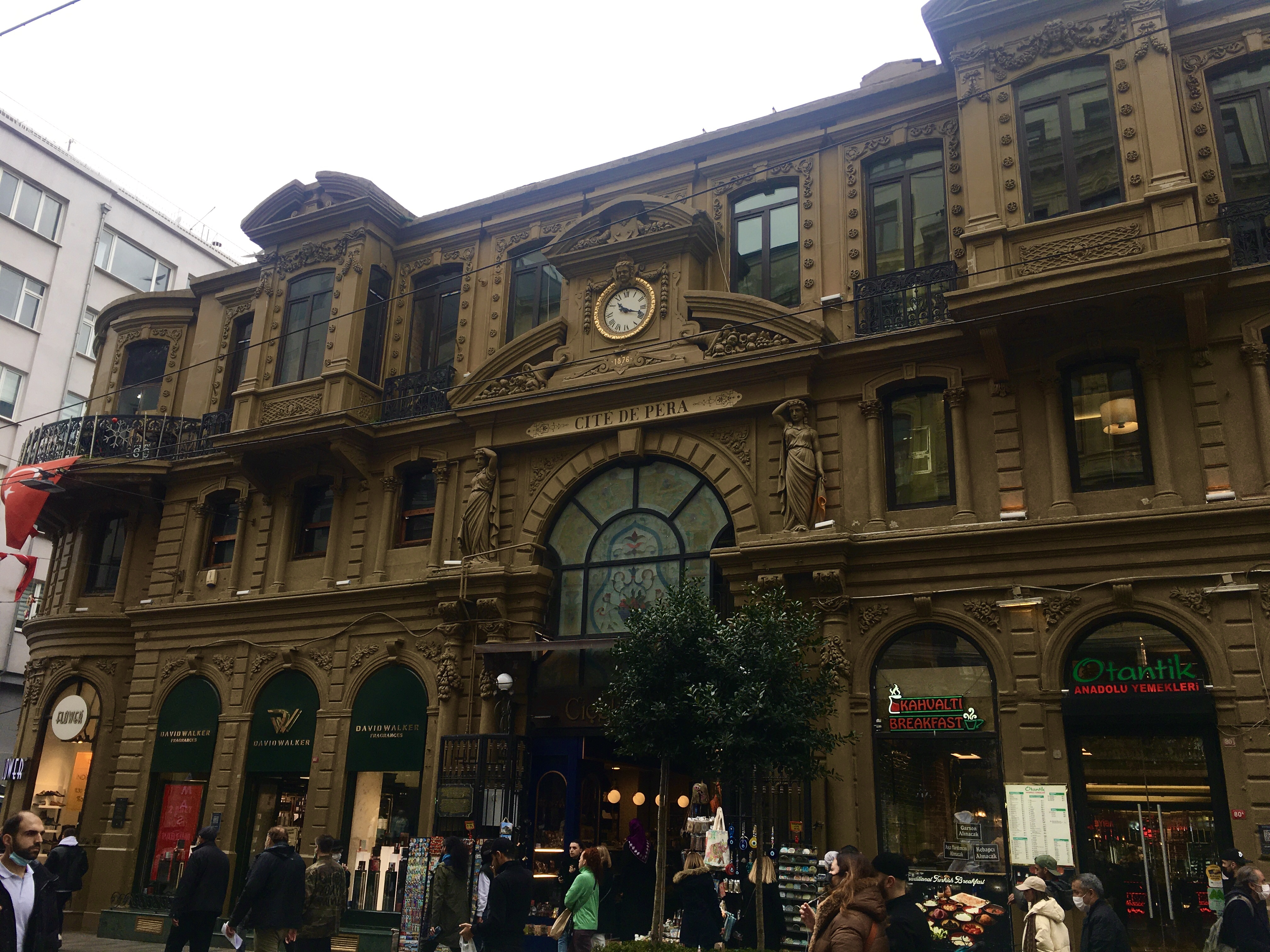
You might have noticed that the name Pera comes up frequently in the area. Derived from Greek to express “the coast across”, Pera was the historical name given to the district. It was evidently meant to define the coast across the Golden Horn when looked at from the Old City. The most important factor in the development of the district was the Crimean War (1853-1856). At the time, Istanbul was flooded for a long time with the officers and soldiers of the allies of the Ottomans against the Russians. The British, French and Italian military officers brought along their lifestyles and tastes with them. After the war, there was also a flow of Europeans (later to be named as Levantines) to Istanbul who were engaged in commerce, finance, engineering or administration in the foreign infrastructure companies. With them came their European lifestyles and habits as well. Soon, chique blocks of apartments sprung up in the area. In time, more progressive minded Ottoman and Muslim upper class families moved to Pera too and started leading Western style lives.
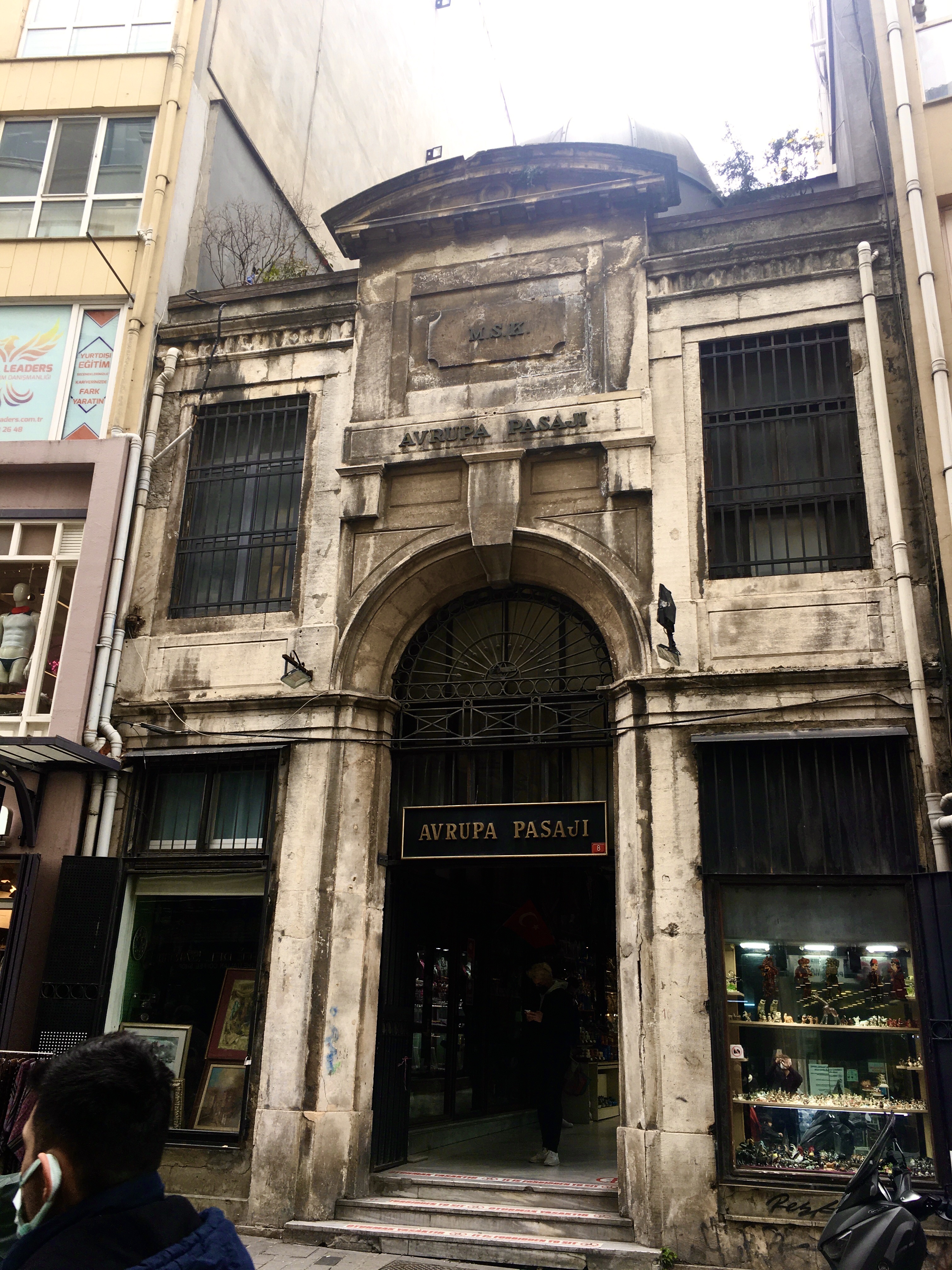
Also known as Aynalı Pasaj (Mirrored Passage)
The name Beyoğlu is the Turkish name given to the district. It is currently the official name but can be used interchangeably with Pera in some sources. The origin of the Turkish name is also very interesting. There are several explanations but the most common hearsay is that it is related to the Doge of the Republic of Venice, Andrea Gritti (1455-1538). Gritti was Doge in Venice between 1523 and 1538. However, prior to that, he was the Bailo (representative of Venice of the highest order) in Constantinople. In addition to his official position, he was also a very rich merchant who traded cereals. He lived a prosperous life in the city until being charged with espionage by the Sultan. It was discovered that he was sending coded letters to inform the Venetian Senate of the movements of the Ottoman Navy. He was imprisoned at the Yedikule Dungeons for 32 months and was nearly executed if it were not for his friend, the Grand Vizier of the Sultan. Andrea Gritti returned to Venice after this incident with his family. His legimate sons were well received in Venice while his illegitimate son Alvise Luigi Gritti (1480-1534), whose mother was Greek, was shunned. He returned to Constantinople and settled in his father’s pavilion which is thought to have been somewhere between Taksim and Tophane. Like his father, he also became a successful merchant, trading wheat, wine, saffron and precious minerals. In time, he converted to Islam and became known as Beyoğlu, meaning son of a Bey (a governor), which also alludes to his father, the Venetian Bailo in Constantinople. It is not hard to imagine that the term “son of the Bailo” later became “son of a Bey”. The district he lived in was eventually named after him as Beyoğlu in Turkish.
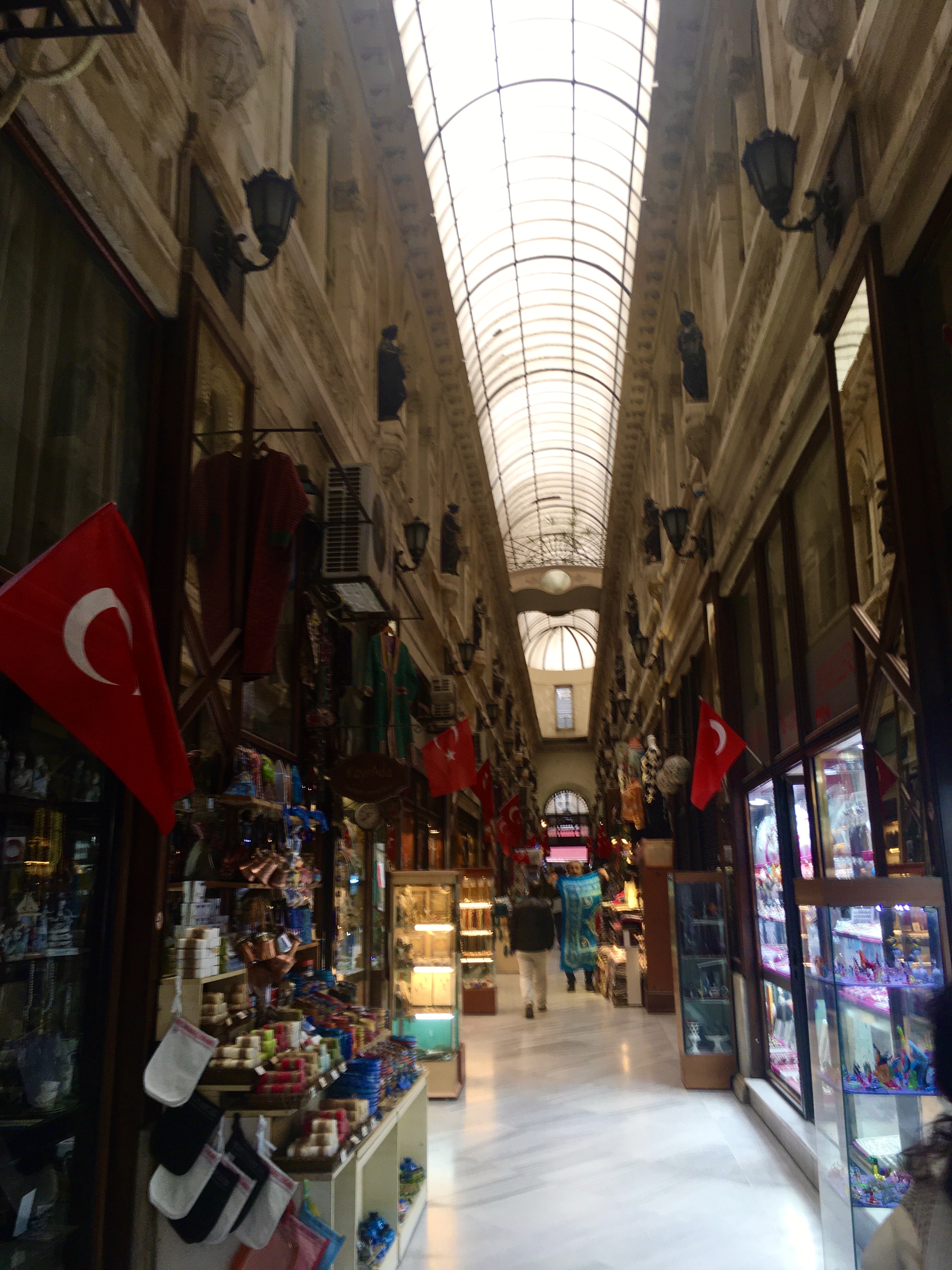
The first ever municipality that was established in the Ottoman Empire was in Beyoğlu. Founded in 1858, the municipality brought about changes in the district that did not exist in any other part of the city. With clean and neat streets, pavements, lamp posts and parks, Beyoğlu resembled the European settlements of the period. In 1867, the city council decided to name the main avenue Grand Rue de Pera. The name was used for 55 years until it was changed to İstiklal (Independence) Avenue after the declaration of the Turkish Republic.
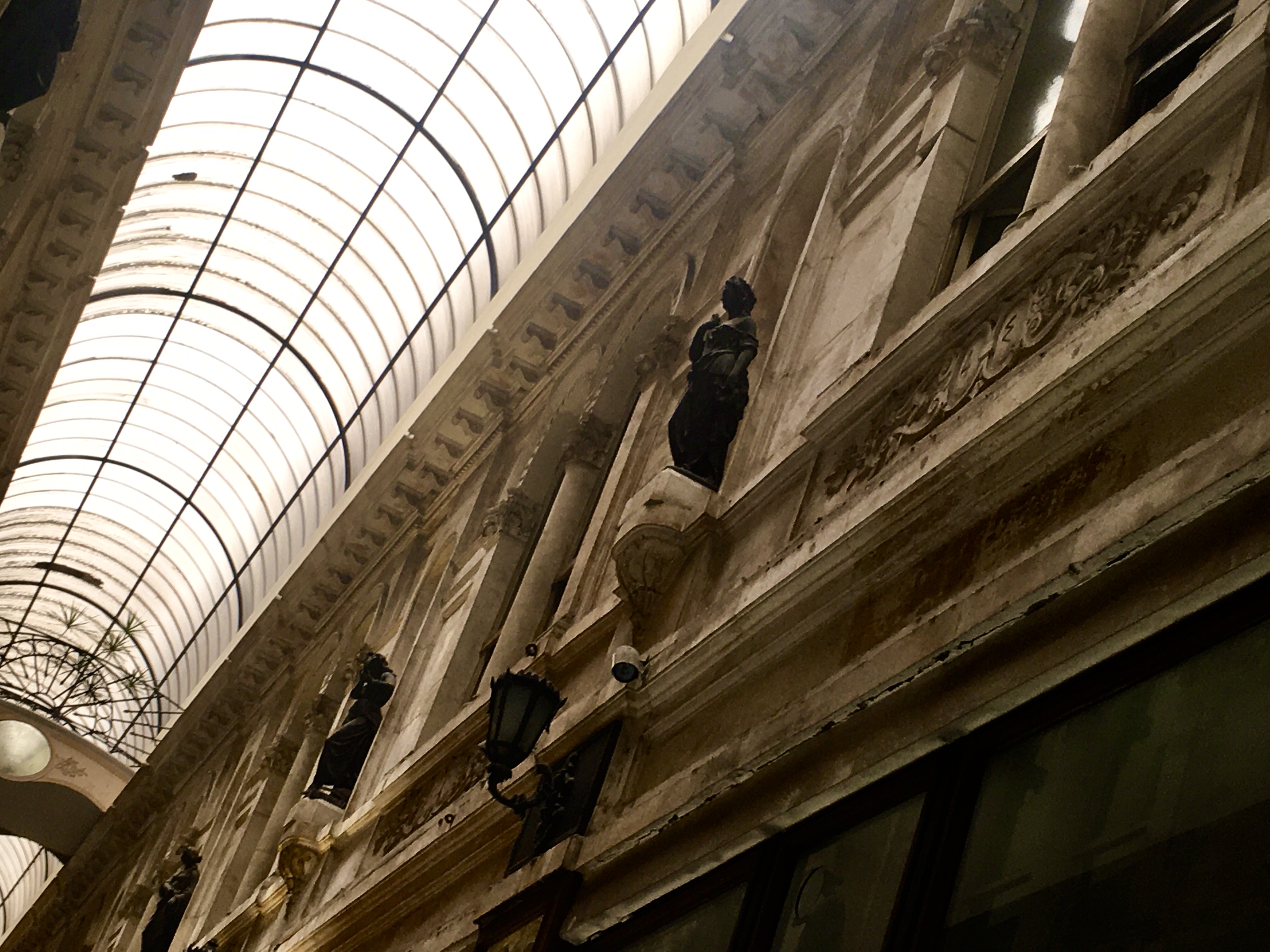
A single post would definitely not suffice for the surroundings of the İstiklal Avenue. This is an area where, even as an Istanbulite, you can discover new places, secret monuments, hidden away churches or synagogues, passages and streets each time you go there. In that respect, it is very exciting and stimulating. However, these kind of explorations are advised to be made with utmost caution and preferably in daylight. During the night, it is best to stick to the main avenues and streets where the crowd is. Certain streets can be very dangerous even for locals after dark. Some can be dangerous whether day or night. Keep in mind that this is a big metropolitan city like any other and requires being alert all the time.

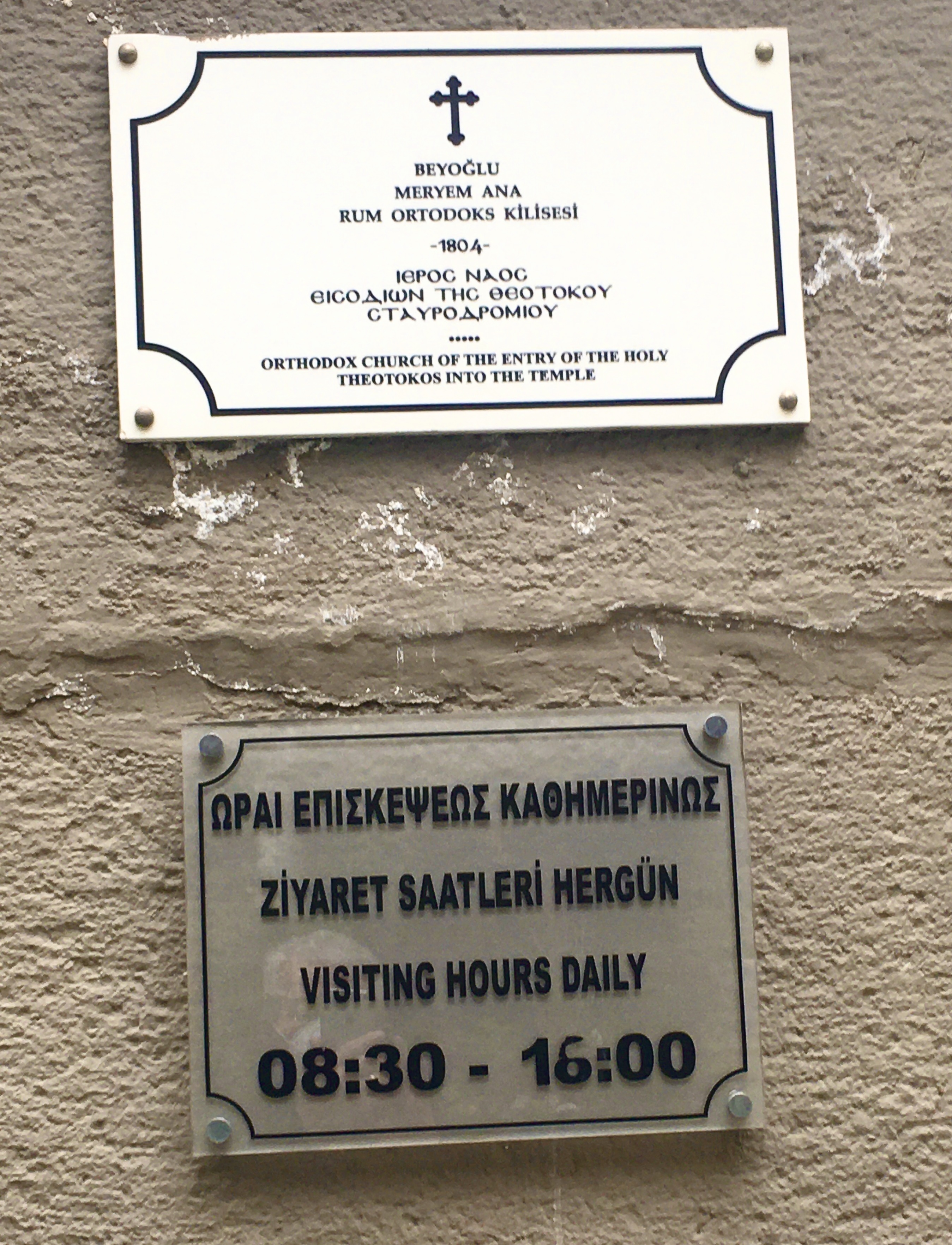
Having done the necessary warnings, now I would like to write about two places that I recently discovered quite by chance. We were walking on the İstiklal Avenue on a relatively warm February day. Yes, Istanbul can be bitter cold too in winter with occasional snow. Following a visit to a media art performance, we were strolling along the avenue in the direction of Tünel. Just as we were passing a street, on the right-hand side, I caught a glimpse of a belfry and a church that stood at the very end. This was the Emir Nevruz Street. Neither the short street nor the church had ever drawn my attention before. The open gates of the church encouraged us to proceed in that direction. The marble plate at the entrance denoted that this was the Beyoğlu Mother Mary Greek Orthodox Church (Beyoğlu Meryem Ana Rum Kilisesi) and that visits were welcome until 4 p.m. As we entered the premises, we were immediately cut off from the general pell-mell outside. It was very quiet. The church stood in the middle of a courtyard that was surrounded by a line of buildings that were most probably the offices and residences of the priest and the personnel. An attendant was busy cleaning the courtyard with a water hose. He was very much at ease and did not inquire about what we wanted. Unfortunately, the church itself was closed. Like most Greek Orthodox churches in Istanbul, it most probably opened its doors only for daily canonical prayer hours and Sunday Mass.
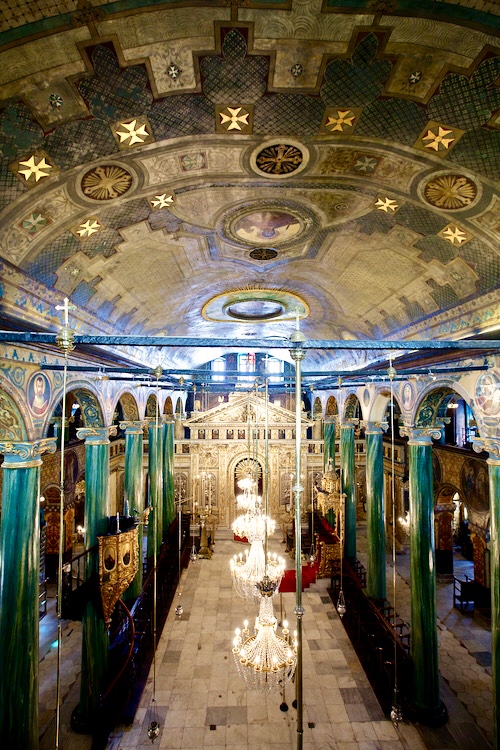
Source: www.stavrodromion.org
The Beyoğlu Mother Mary Greek Orthodox Church was built in 1804 with the special permission of Sultan Selim III (r. 1789-1807). It is stated to be the oldest church in the Pera/Beyoğlu district. The initial architect was Chatzis Comnenos Kalfas but it was enlarged at several points in time until it became today’s five-aisled basilica. Apparently, the church was seriously damaged during the bomb attack to the nearby British Consulate on November 20th, 2003. It was reopened in 2009 after a long period of restoration.
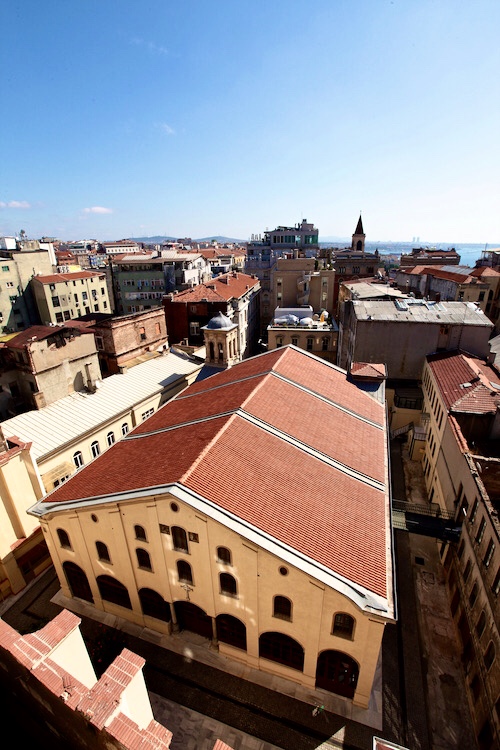
Source: www.stavrodromion.org
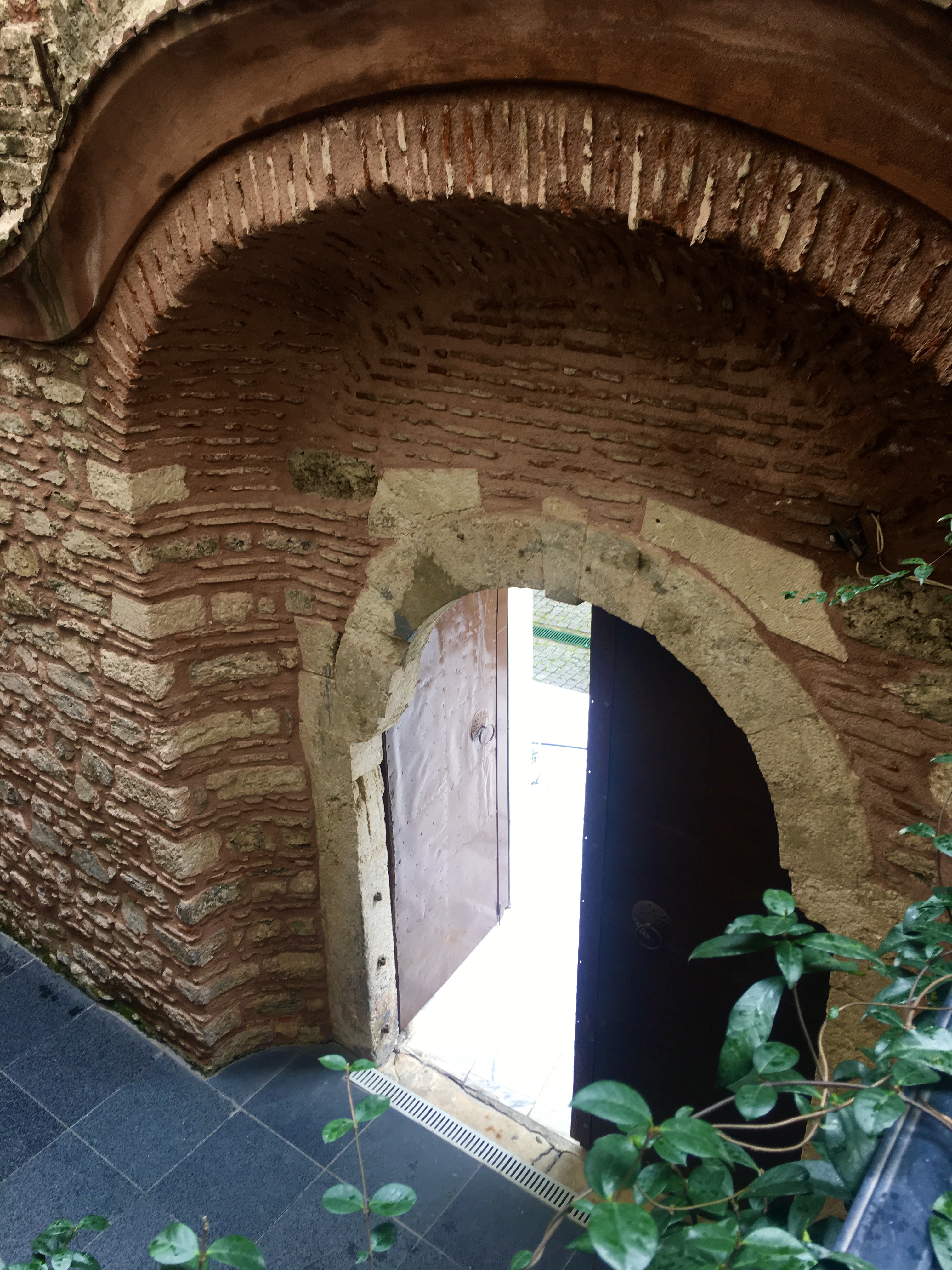
The doors of the church were locked but, there was another open gate at the rear of the courtyard. Going through that gate, our footsteps led us through a short passageway with an iron door at the end. Now, opening that door and stepping on the pavement was the real surprise for we suddenly found ourselves on another popular avenue of the Beyoğlu/Pera district. This was the Meşrutiyet Avenue (Meşrutiyet Caddesi), the avenue where the Pera Museum and the renowned Pera Palace Hotel is located. There are of course other streets and alleyways that connect the two avenues (namely, İstiklal and Meşrutiyet) but, this one was quite unexpected and exceptional.
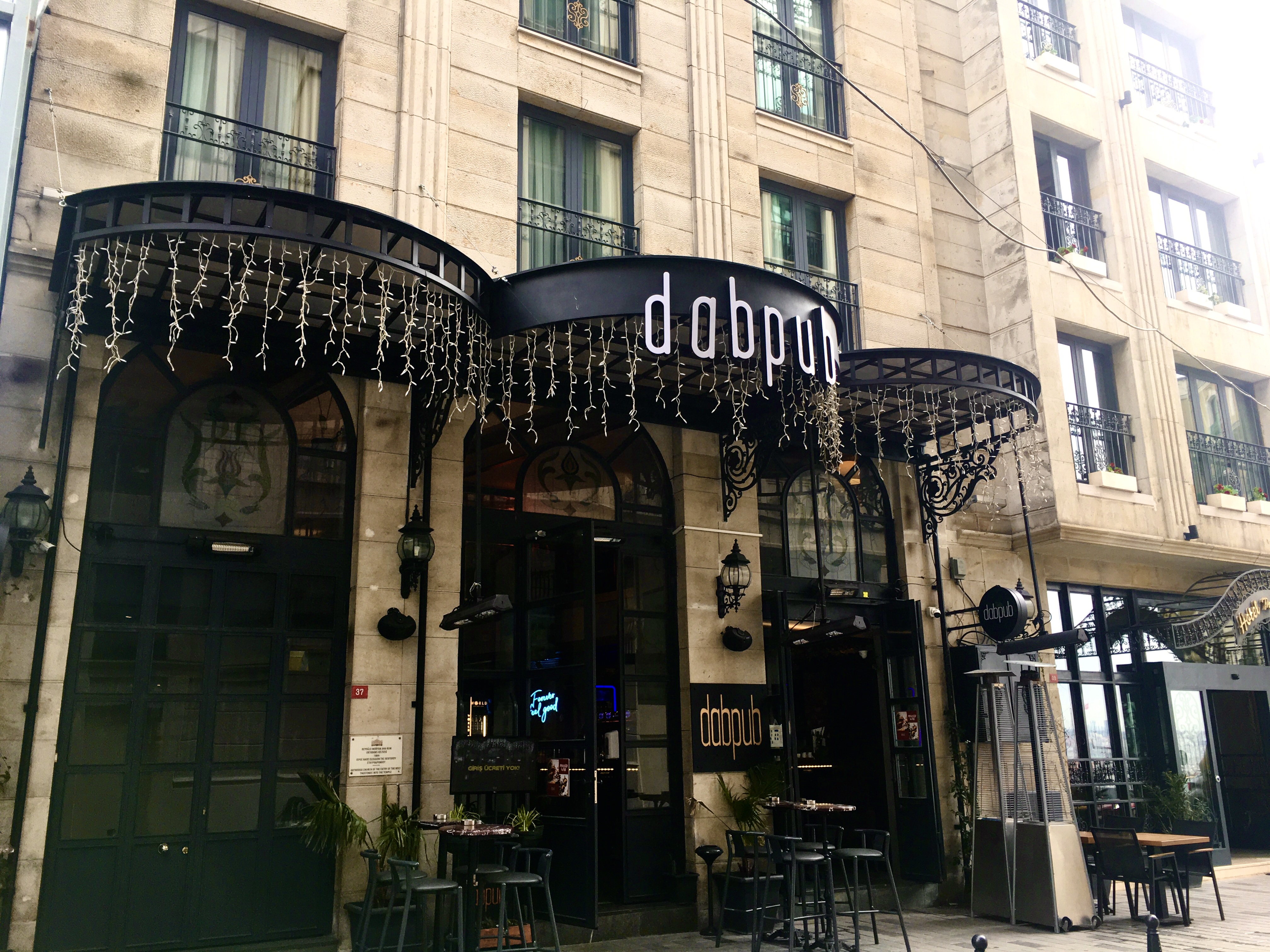
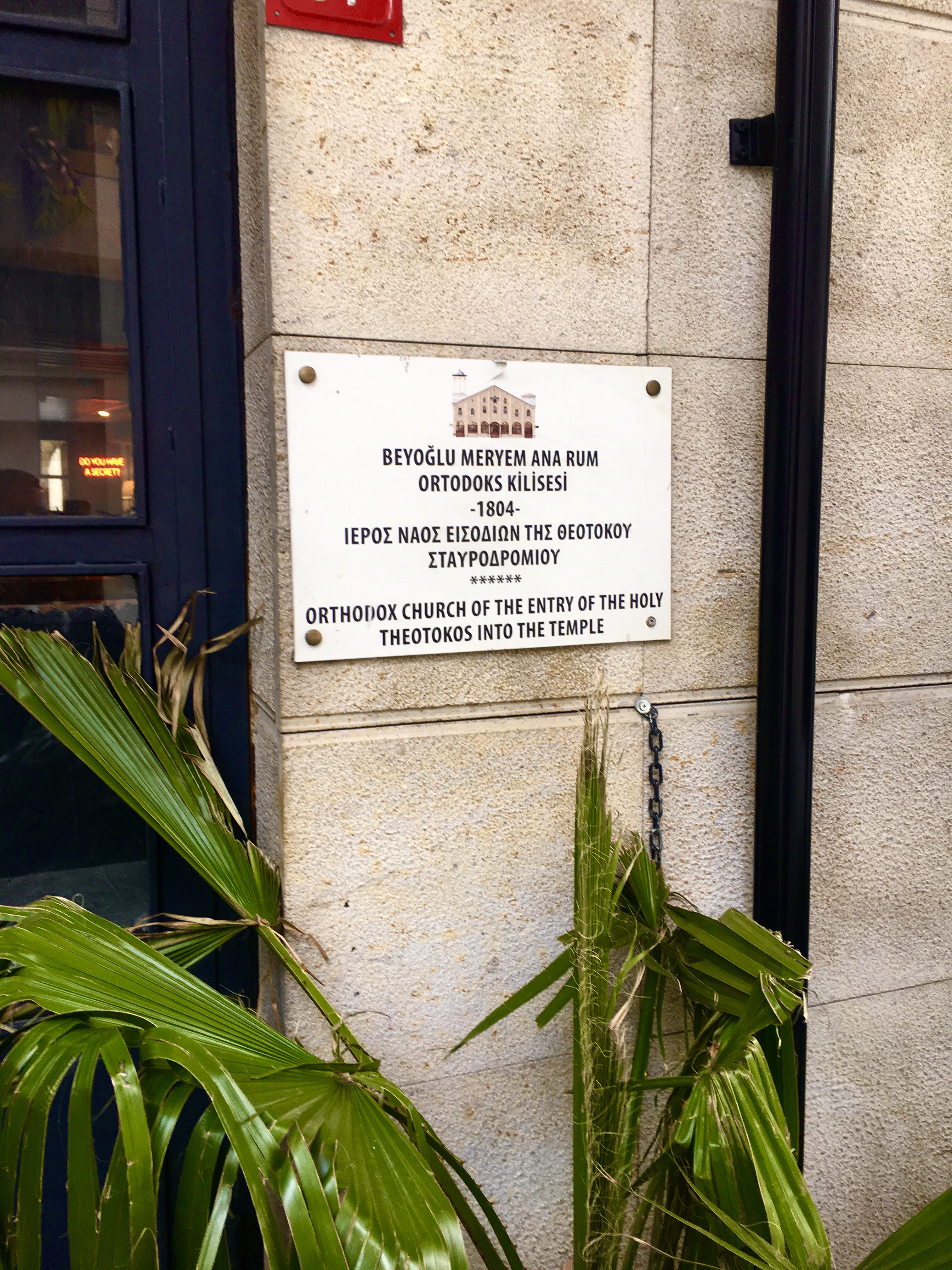
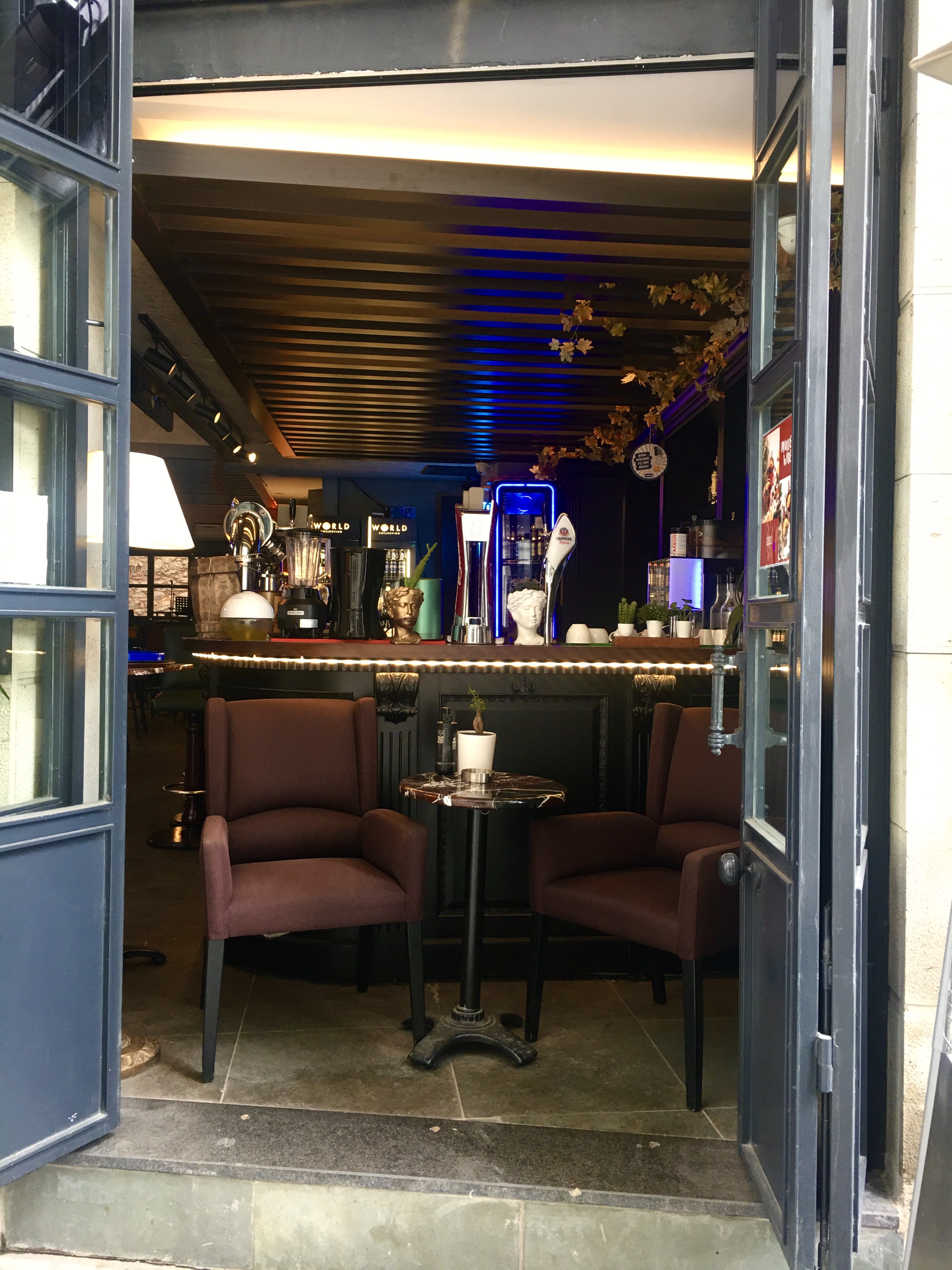
The explorations of the day were not over. The above-mentioned access led to another pleasing discovery. We saw a cosy and inviting pub through the large windows that were covering the left-hand side wall of the passageway. The entrance to the pub was next to the door that opened on to the Meşrutiyet Avenue. We were to find out that this was the Dab Pub, run by the Hotel Pera Hill. Needless to say, instead of going through the church courtyard, you can easily find this pub at 39, Meşrutiyet Avenue.
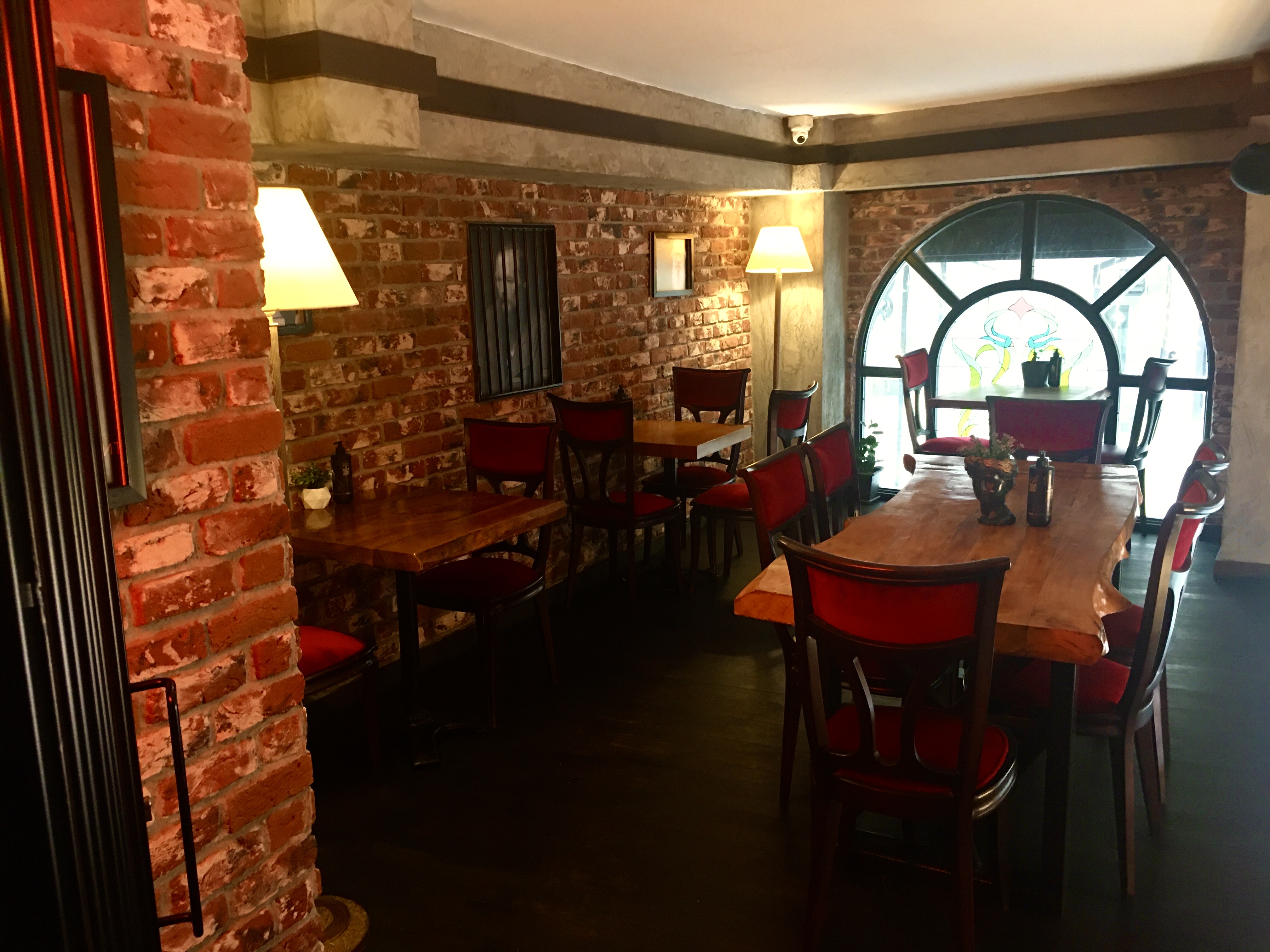
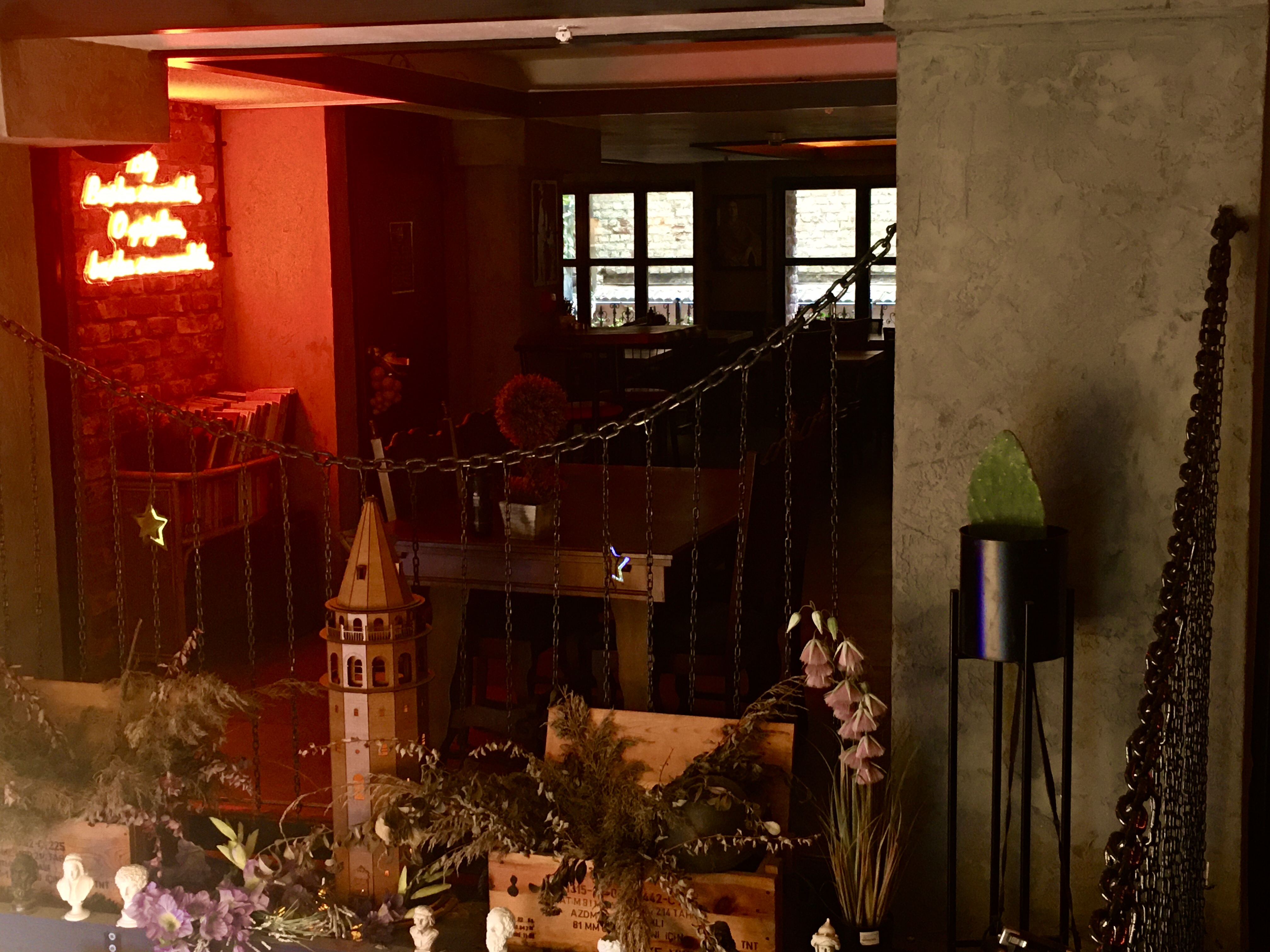
Spread across two storeys with abundant space for couples and large groups, the pub is open from 10:00 a.m. to 04:00 a.m. Food and alcoholic beverages are served throughout the day. Among the wide selection of beers, the local brand Gara Kuzu (meaning Black Lamb in Turkish) is worth trying. The brand has several kinds of beer but is not easily found in bars and pubs across Istanbul. There is a small garden and a balcony overlooking the back door of the church courtyard. The waiter told us that there was live music every night.
